Considering the famously dire repercussions of "all work and no play," Nimba took a break from work at Bentouryah and hit the road with Youssouf's workshop to travel to the lush region of Boke, about four hours north of Conakry. Boke is as important as it is beautiful: it is Youssouf's ancestral home (his grandfather was one of the last chiefs of Boke), a hub of Baga resistance to colonial invasion, and, later, a key site of the slave trade in Guinea.
Pictured below: a lovely rural village scene in Katamene and a museum photo of a family of holdouts against French colonizers.
Pictured below: a lovely rural village scene in Katamene and a museum photo of a family of holdouts against French colonizers.
After one of the smoothest voyages in recent Guinean tourism history (meaning, we somehow did not encounter engine trouble, police or military checkpoints, car-eating potholes or heavy traffic) and a few stops for directions, our school bus turned down what appeared to be a tree-lined footpath to take us, quite literally, over the river and through the woods to our destination. The sun set as we gingerly made our way through the rustling forest, and after crossing the bridge on foot (on account of it being a touch too delicate for the busload of people), we finally arrived at Katamene.
It was full dark by the time we unloaded the mattresses brought all the way from Bagatai, dined on fish and plantains, and cracked open a few bottles of certain provisions that pair particularly well with an evening in the fresh country air. Annie's favorite recipe: rum & jus d'ananas (pineapple) sipped from a coconut shell purchased earlier that day on the side of the road.
Anyway, after a chilly night spent sleeping on the porch in mosquito nets, we woke to this beautiful view:
Anyway, after a chilly night spent sleeping on the porch in mosquito nets, we woke to this beautiful view:
and had breakfast al fresco:
As always when traveling with Youssouf, the next order of business was, you guessed it, dance class! This time, we had an audience of onlookers from the tiny surrounding village areas. We walked a little ways to get to the perfect shady spot, and we can't say enough of how lovely a walk it was.
Everything we saw was beautiful - the trees, the traditional houses... and we even saw a delivery guy.
Later that day, we took a little field trip into town and visited the museum there. There, we got a taste of Guinea's rich history commemorated in traditional masks and beautiful wood works. We saw a very old statue of Nimba, the Baga fertility goddess (and national symbol of Guinea) that is our namesake and, apparently, used to be called Dimba before the spelling got screwed up under colonialism and stuck.
We learned also that traditionally, women played sacred drums, which (gleefully) undermines the uneven gender norms in ballet-style dance & drum seen today.
What comes next was perhaps the most powerful part of the entire trip, but fair warning, it is a deeply difficult one to see and discuss. Before you continue, please prepare yourself to think about and see images of the history of the Atlantic slave trade.
The Musee de Boke is housed in what was essentially an office building for slave traders and a dungeon for those captured and sold. The energy there was palpable, painful, and immense. It is difficult to describe visiting the point of no return for so many, numbered and unnamed; walking the walk others were forced to traverse in chains; and contemplating from the earthen dock the river that would lead to the ocean that would lead to the unknown for so many ancestors of the African diaspora. Difficult though it may be, we encourage everyone to go there, both literally and figuratively. Immerse, experience, educate - acknowledge, remember, heal - trace, connect, and recognize.
The Musee de Boke is housed in what was essentially an office building for slave traders and a dungeon for those captured and sold. The energy there was palpable, painful, and immense. It is difficult to describe visiting the point of no return for so many, numbered and unnamed; walking the walk others were forced to traverse in chains; and contemplating from the earthen dock the river that would lead to the ocean that would lead to the unknown for so many ancestors of the African diaspora. Difficult though it may be, we encourage everyone to go there, both literally and figuratively. Immerse, experience, educate - acknowledge, remember, heal - trace, connect, and recognize.
Well, that's all for now, friends. We hope you'll stay tuned for our next entry when we spotlight Nimba's amazing nurse-dancer-friends, meet some Katamene villagers, and make some music to complete our Boke adventure.
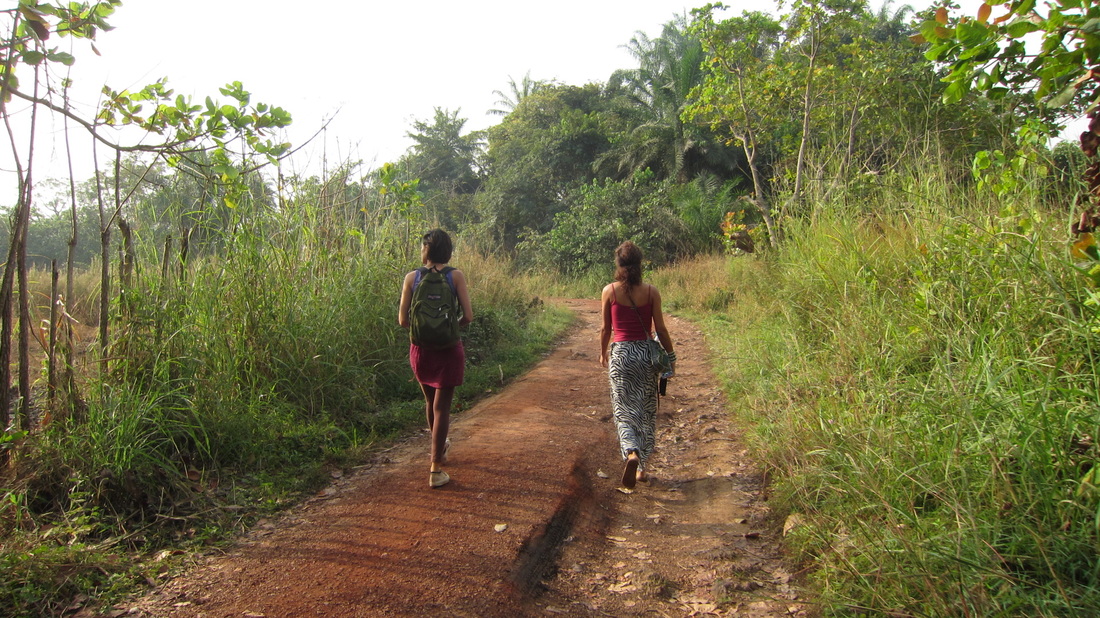
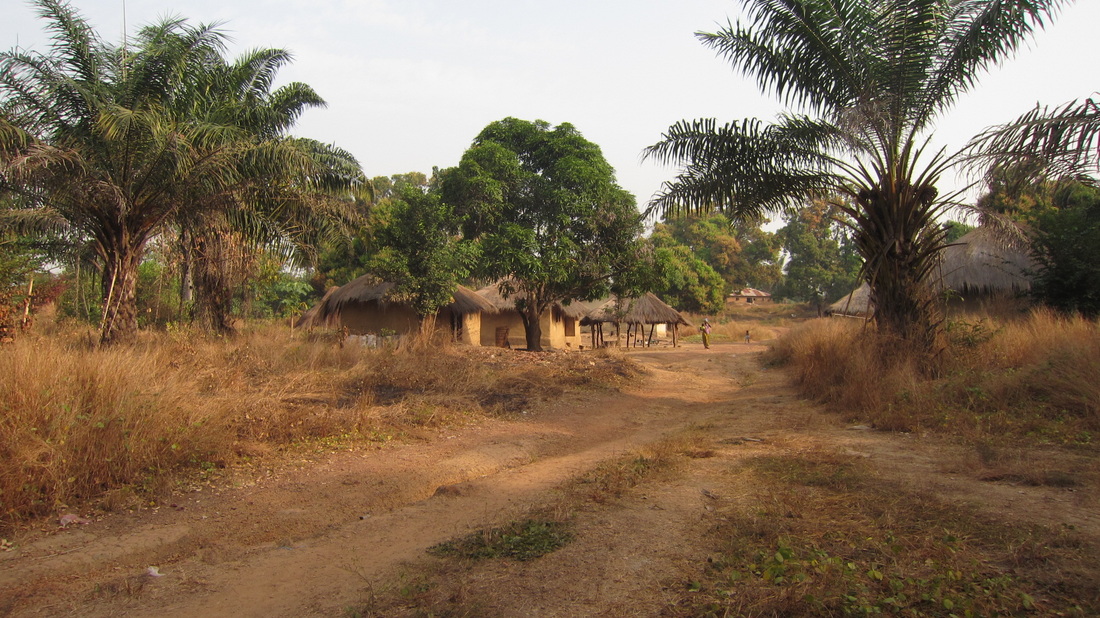
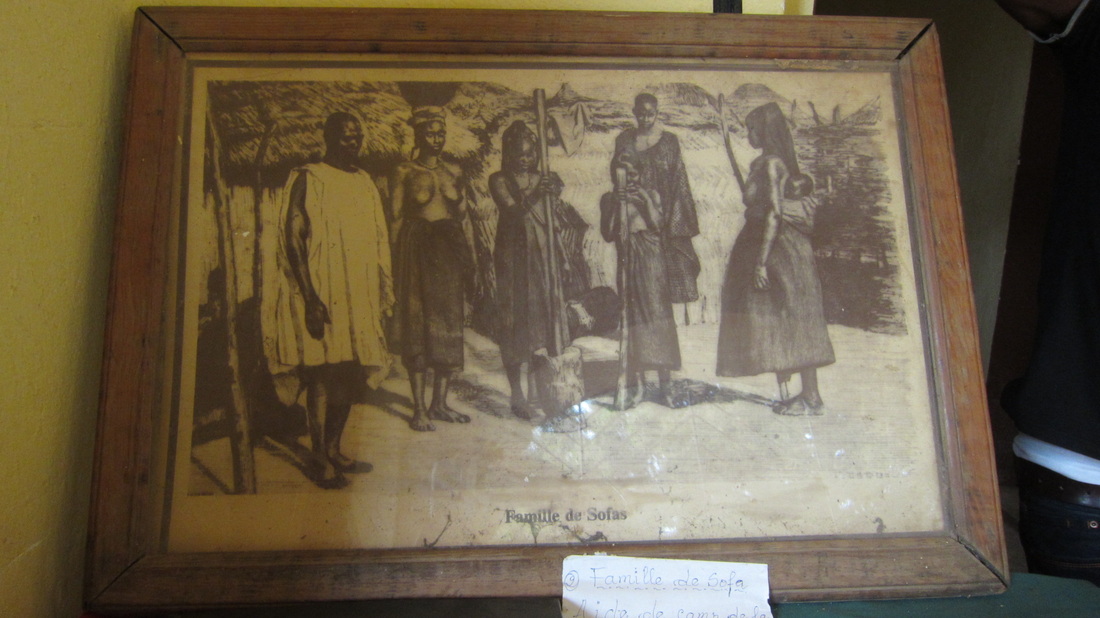
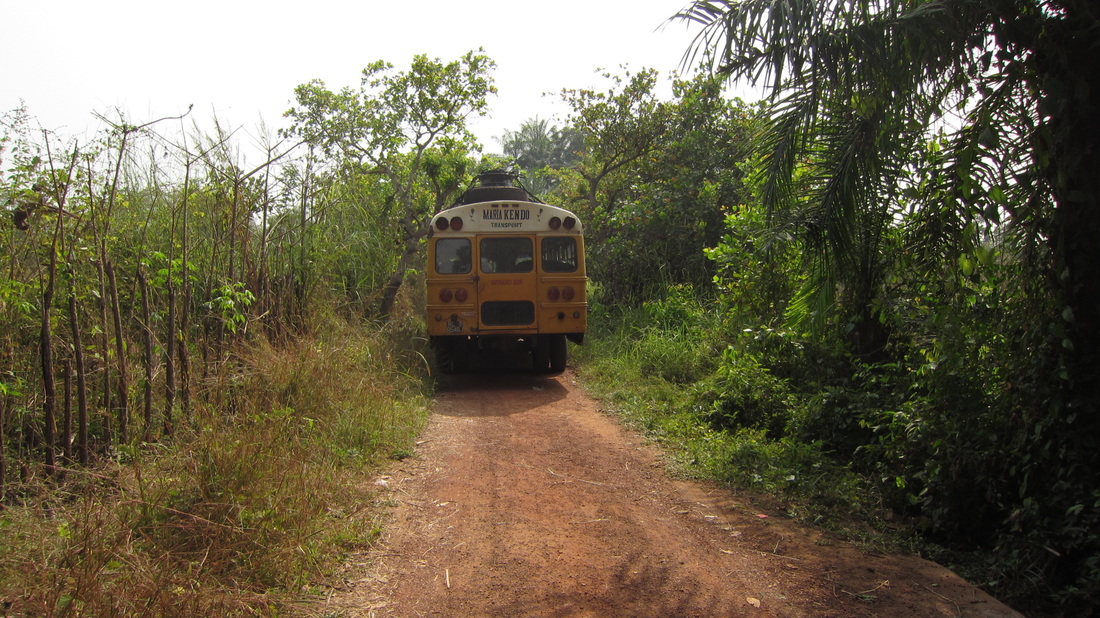
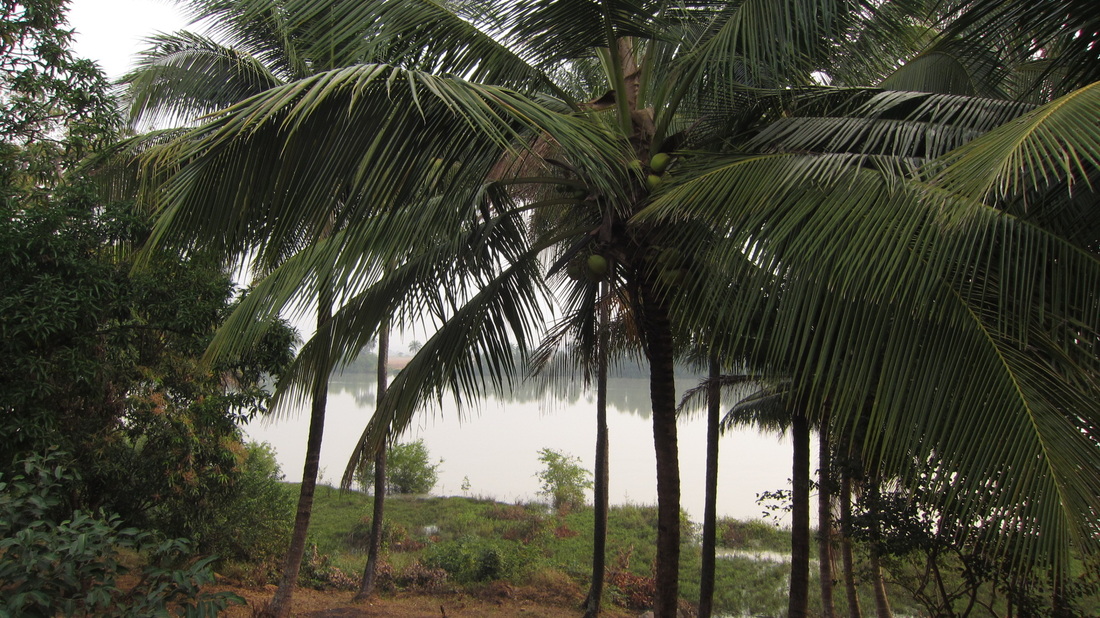
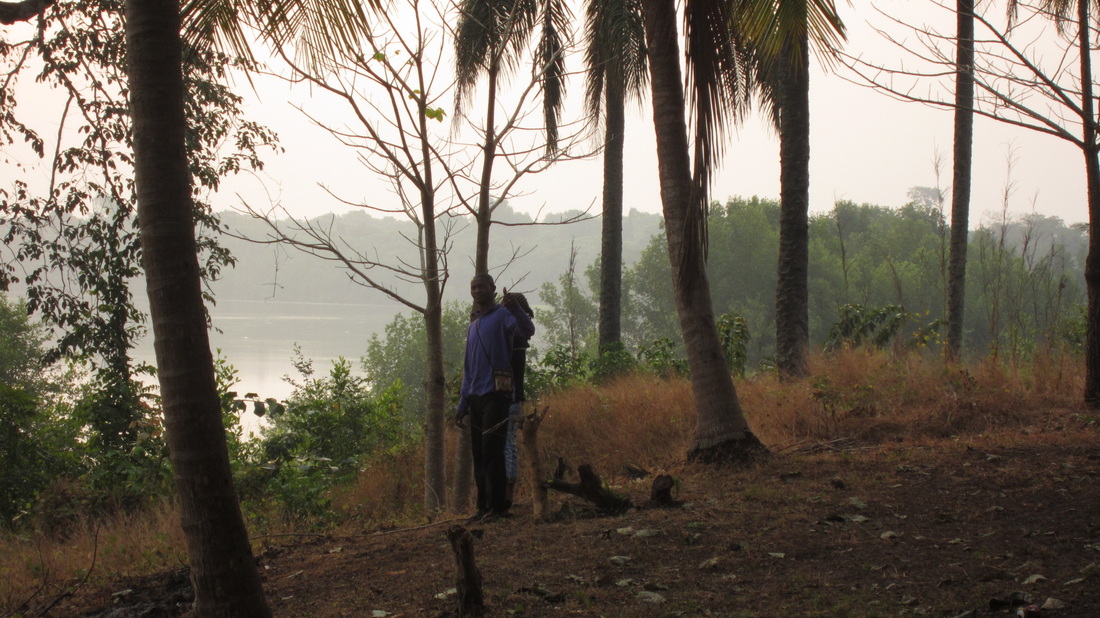
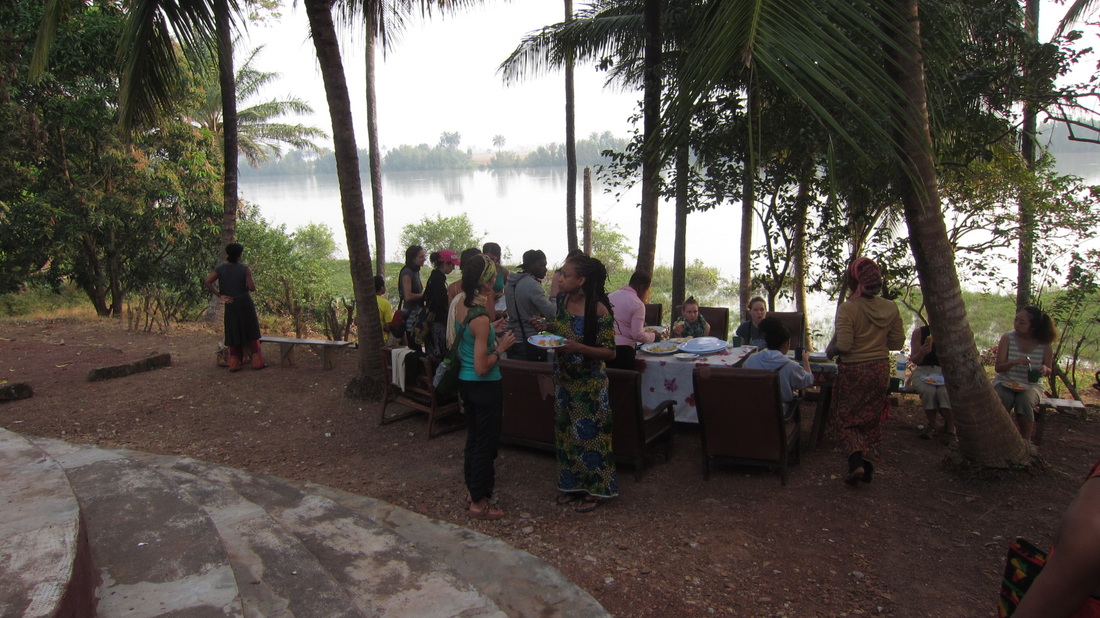
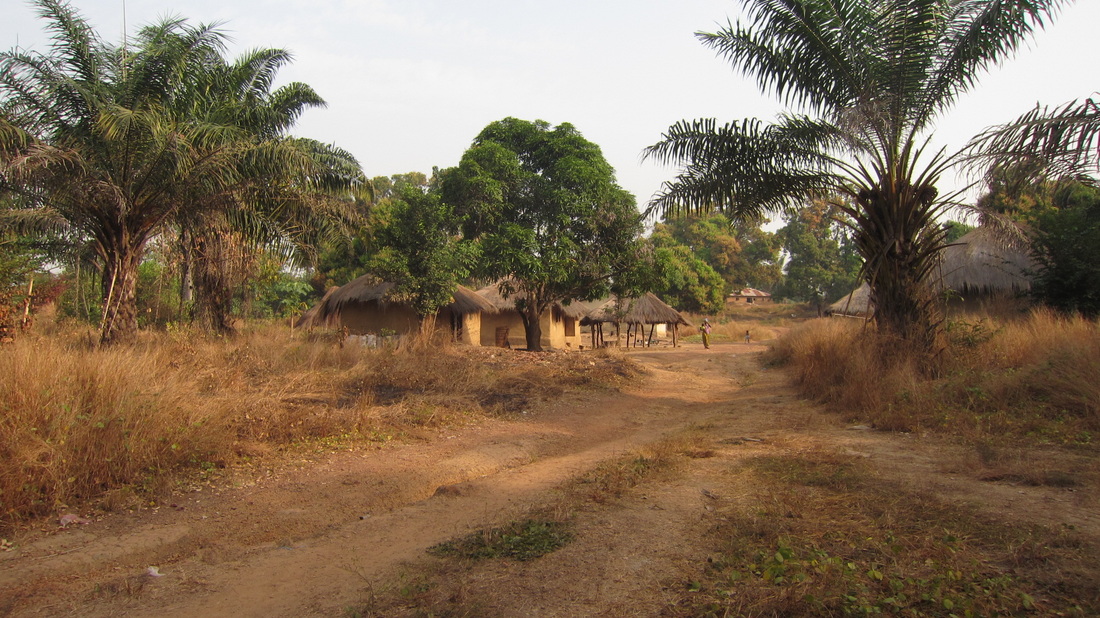
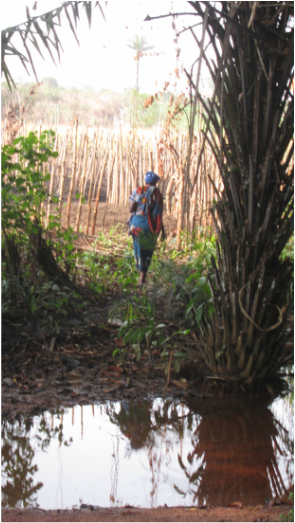
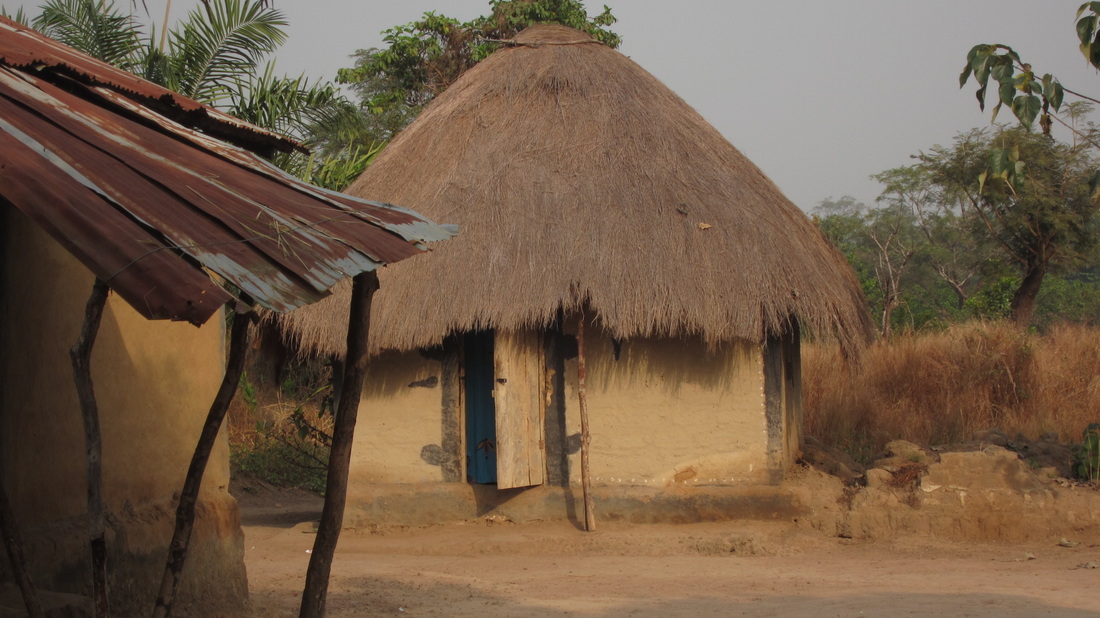
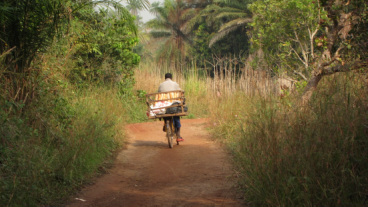
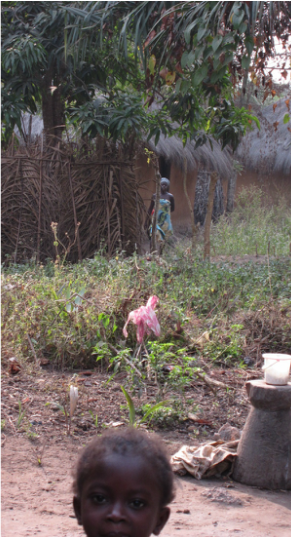
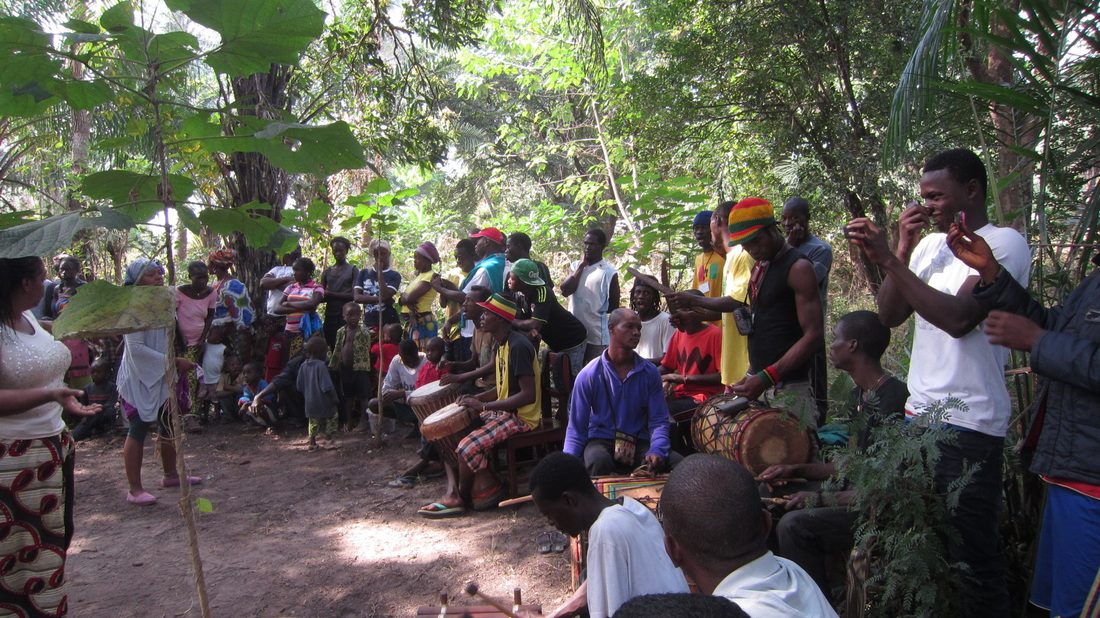
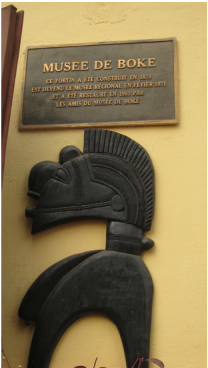
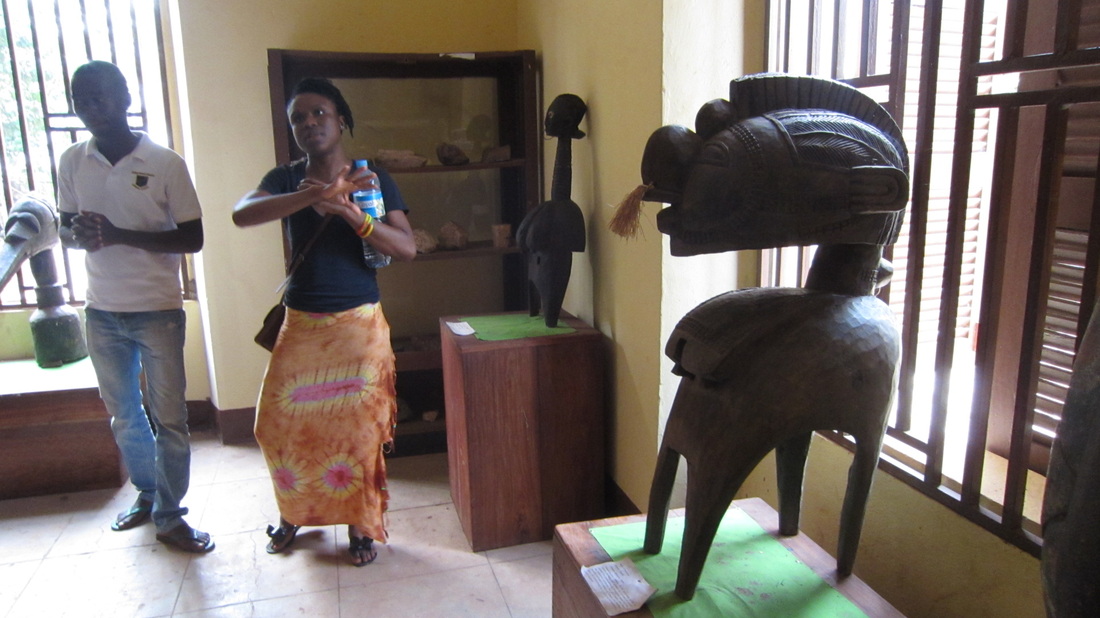
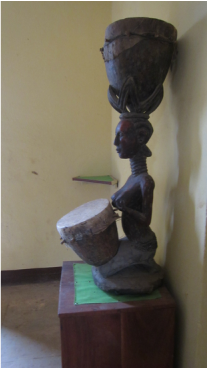
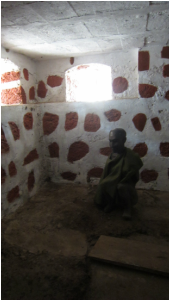
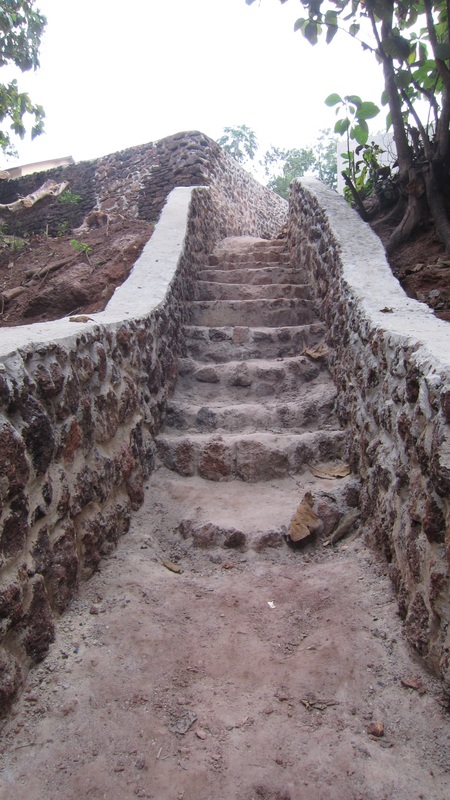
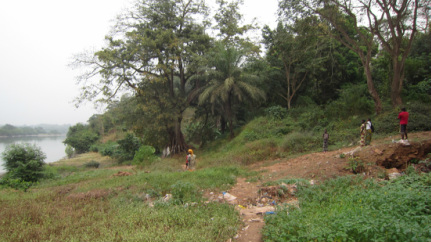
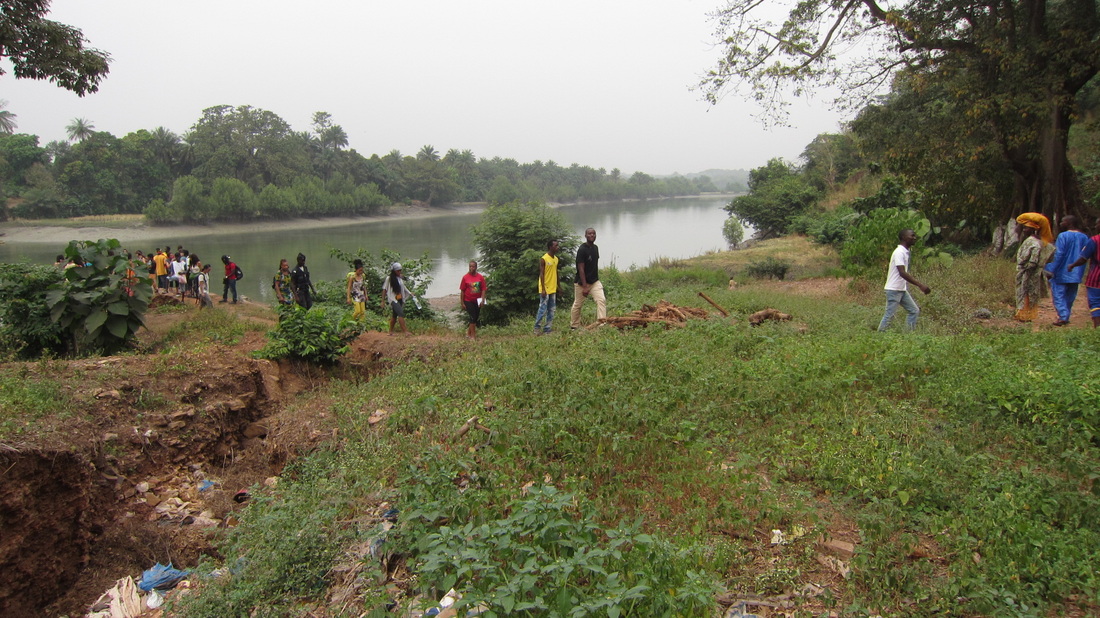
 RSS Feed
RSS Feed